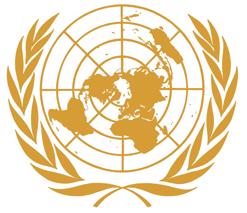We have witnessed ground-breaking developments in the response to the HIV and AIDS epidemic in recent years. The use of antiretroviral (ARV) treatment and voluntary medical male circumcision as HIV prevention tools have been proven to effectively reduce numbers of new infections. Moreover, the importance of early access to ARV treatment for those who require it has been known for some time. Yet, scientific breakthroughs come with a price tag attached and supporting the scale-up of programs, such as treatment as prevention to individuals at high risk of HIV infection, will not come cheap.
There is growing concern among HIV and AIDS stakeholders and activists that the global financial situation could detrimentally affect the progress we have seen to date. Available funding for HIV prevention, care and treatment across the world has not increased sufficiently to meet demand. In 2011, total funding for low- and middle-income countries was $16.8 billion, which provided treatment for 8 million people in these countries. However, the United Nations has estimated that an additional $7.2 billion per year is needed to achieve the goal of reaching 15 million people with treatment and care by 2015.

